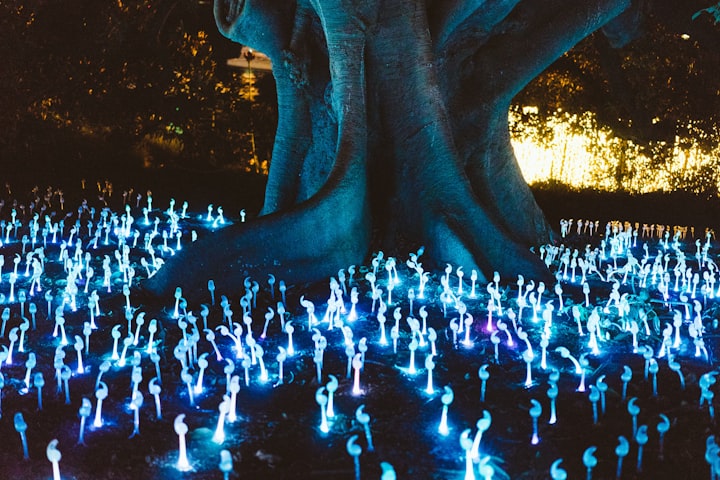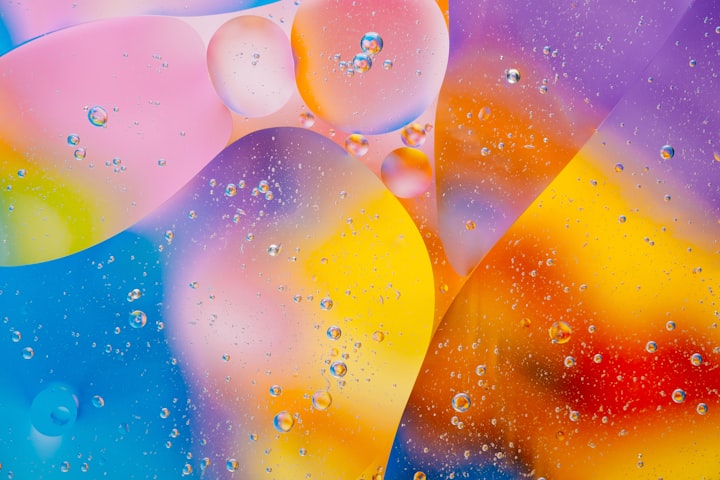Psilocybin chocolate. How can help you?
Psilocybin chocolate:

Psilocybin chocolate refers to a type of chocolate product that has been infused with the psychedelic compound psilocybin, which is derived from certain species of mushrooms, commonly known as "magic mushrooms" or "shrooms." This innovative combination combines the delightful taste of chocolate with the mind-altering effects of psilocybin, providing a unique and potentially transformative experience for individuals seeking a psychedelic journey. It is important to acquired a carefully cultivated batch of psilocybin mushrooms from a trusted source like funguyz.cc/product-category/psilocybin-chocolate-bars/
Psilocybin chocolate is a fascinating product that combines the psychoactive properties of psilocybin mushrooms with the deliciousness of chocolate. To understand the history of psilocybin chocolate, we need to delve into the histories of both psilocybin mushrooms and chocolate itself.
Psilocybin mushrooms have a long history of use in various cultures around the world. Indigenous peoples in Mesoamerica, such as the Aztecs and the Maya, have been using these mushrooms for thousands of years for spiritual and religious purposes. The mushrooms, often referred to as "sacred mushrooms" or "magic mushrooms," contain the compound psilocybin, which is known for its hallucinogenic effects. Ancient civilizations valued these mushrooms for their ability to induce altered states of consciousness and facilitate spiritual experiences.
Meanwhile, chocolate has its origins in ancient Mesoamerica as well. The ancient Mayans and Aztecs were the first to cultivate cacao trees and consume chocolate in various forms. They considered chocolate to be a sacred beverage and associated it with divine properties. The Aztec ruler Montezuma is said to have consumed large amounts of a bitter cacao drink to enhance his energy and mood.
The convergence of psilocybin mushrooms and chocolate likely occurred in the context of the exploration of psychedelics by Western societies in the mid-20th century. In the 1950s and 1960s, researchers and enthusiasts began to take a keen interest in psychedelic substances, including psilocybin. This led to experiments and studies exploring the potential benefits of psychedelics for mental health, personal growth, and spiritual experiences.
Around the same time, a chemist named Albert Hofmann synthesized a powerful psychedelic compound called lysergic acid diethylamide (LSD). This discovery sparked a surge of interest in psychedelics, and researchers began investigating other naturally occurring psychedelics, including psilocybin.
As the use of psilocybin mushrooms became more popular in the Western world, various methods of consumption emerged. One of these methods was the incorporation of psilocybin mushrooms into food, with chocolate being a favored choice due to its taste and ability to mask the mushroom's earthy flavor.
Psilocybin chocolate gained further popularity in the 21st century, particularly as interest in psychedelic-assisted therapy and personal development increased. Researchers and therapists recognized the potential of psilocybin as a tool for treating mental health conditions like depression, anxiety, and post-traumatic stress disorder (PTSD). The combination of psilocybin with chocolate created an appealing and convenient way to consume the mushrooms, making them more accessible to individuals seeking therapeutic or recreational experiences.
As the field of psychedelic research expanded, a number of companies and entrepreneurs began producing and marketing psilocybin chocolate. These products often adhered to rigorous quality standards and dosage guidelines to ensure safe and consistent experiences. By combining the psychoactive properties of psilocybin with the pleasurable experience of consuming chocolate, these products aimed to provide a more enjoyable and accessible way for individuals to explore the potential benefits of psilocybin.
However, it's important to note that the legal status of psilocybin mushrooms and psilocybin-infused products varies across different jurisdictions. While some places have decriminalized or even legalized psilocybin, it remains a controlled substance in many parts of the world. As such, the production and distribution of psilocybin chocolate are subject to legal restrictions and regulations.
In conclusion, the history of psilocybin chocolate is intertwined with the rich traditions of psychedelic mushroom use and the ancient origins of chocolate. This unique combination of two powerful and culturally significant substances has opened up new avenues for exploration, research, and personal growth, while also raising important questions about legality and responsible use.
Research on psilocybin chocolate has gained significant interest in recent years, as there has been a resurgence of studies exploring the therapeutic potential of psychedelics. Here are some interesting findings from the research conducted thus far:
Improved Mental Health: Studies have shown promising results in the treatment of mental health conditions such as depression, anxiety, and post-traumatic stress disorder (PTSD) with psilocybin. The combination of psilocybin and chocolate could enhance the overall experience by providing a more palatable and enjoyable means of ingestion.
Enhanced Emotional Well-being: Psilocybin chocolate has been reported to induce positive emotional states, increased introspection, and a sense of interconnectedness. These effects could potentially facilitate personal growth, emotional healing, and self-exploration.
Facilitation of Therapeutic Sessions: Psilocybin-assisted therapy sessions often involve carefully guided experiences in a controlled setting. The incorporation of psilocybin into chocolate offers a discreet and easy-to-dose method, allowing therapists to administer precise amounts and optimize therapeutic outcomes.
Neuroplasticity and Neurogenesis: Preliminary research suggests that psilocybin may promote neuroplasticity and neurogenesis in the brain, which could potentially contribute to the long-lasting therapeutic effects observed in some individuals. The combination with chocolate could potentially enhance the overall absorption and bioavailability of psilocybin.
Safety and Potential Side Effects: While psilocybin is generally considered safe when used responsibly, research on psilocybin chocolate must also address the potential risks and side effects. Studies are exploring appropriate dosing, set, and setting to minimize the risk of adverse reactions and ensure a positive and safe experience.
It's important to note that the research on psilocybin chocolate is still in its early stages, and further investigation is needed to establish its efficacy, safety, and therapeutic applications. Regulatory considerations and ethical guidelines also play a crucial role in shaping the future of psilocybin chocolate as a mainstream therapeutic or recreational product.
As with any substance, it is essential to approach psilocybin chocolate with caution and under the guidance of professionals in a controlled and legal context.





Comments
There are no comments for this story
Be the first to respond and start the conversation.